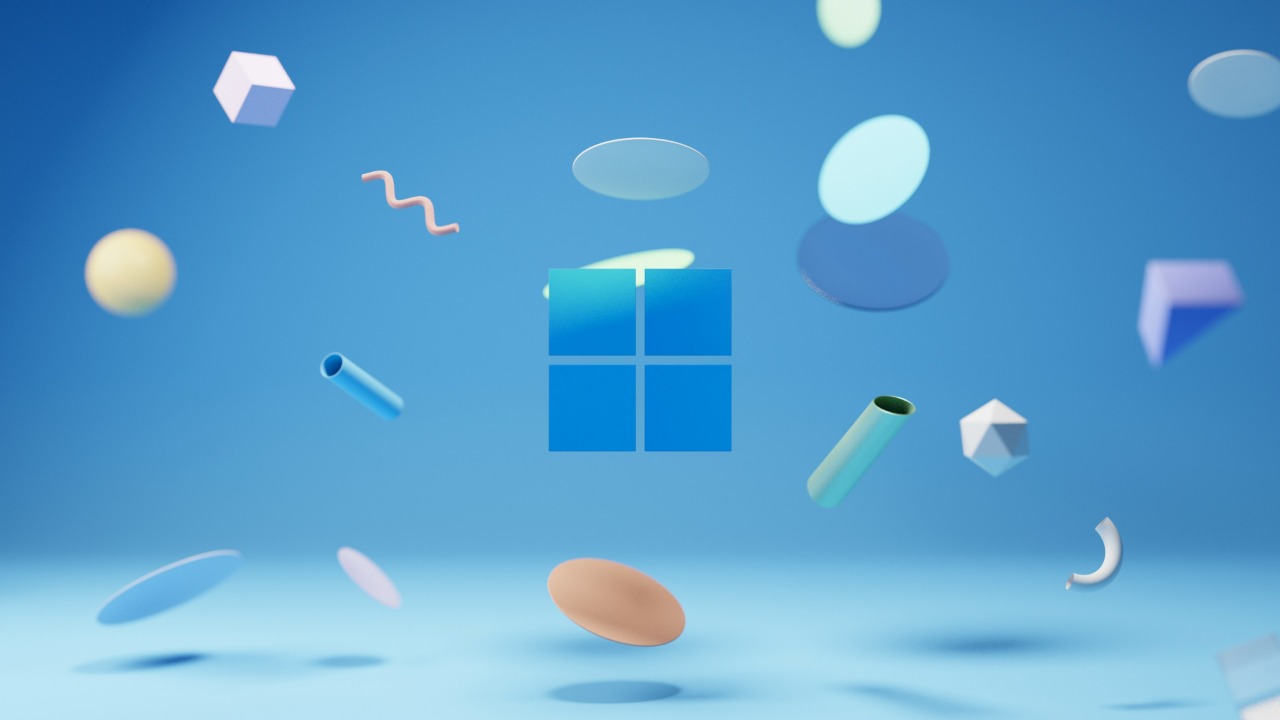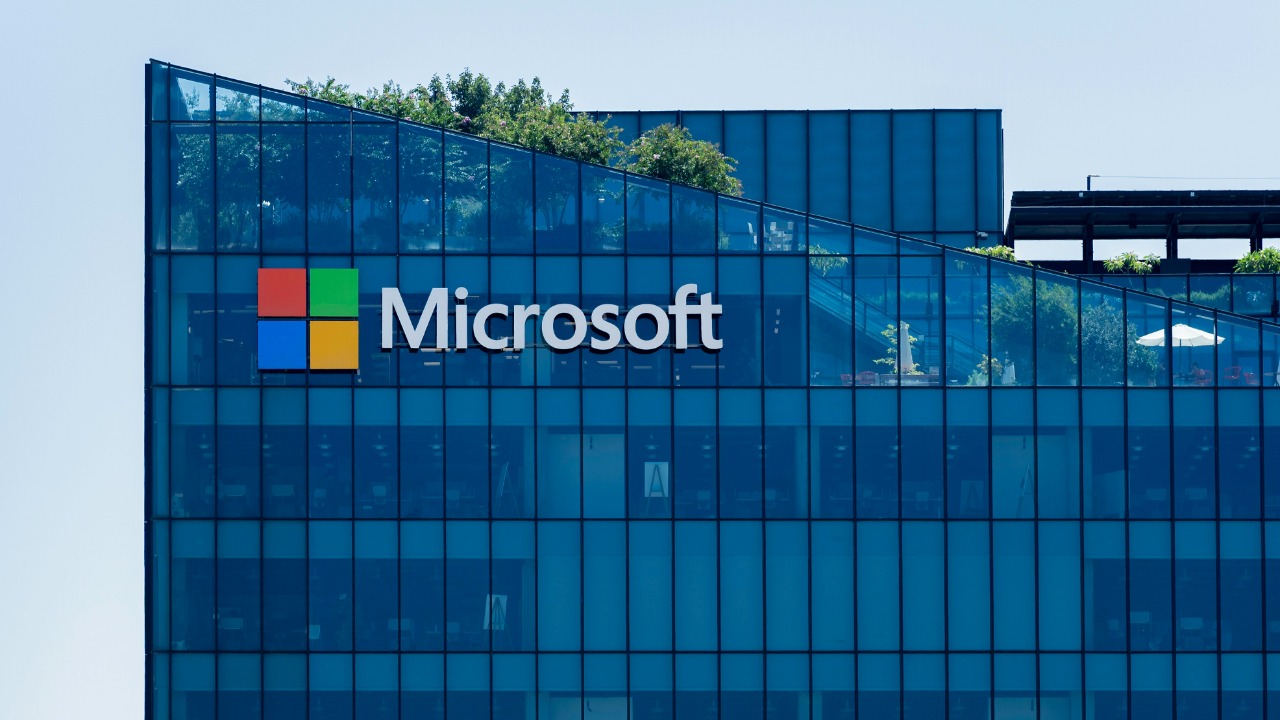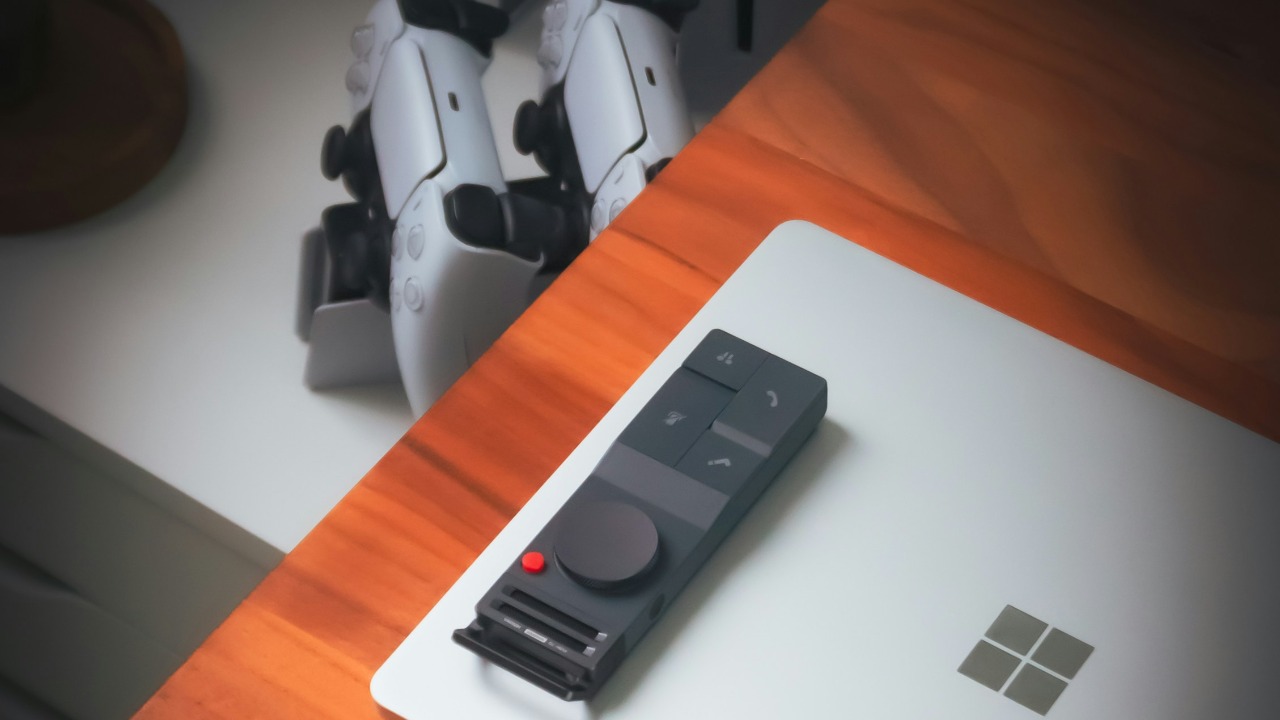
Microsoft has unveiled its first in-house AI image generator, MAI-Image-1, marking a significant shift from its previous reliance on partners like OpenAI. This development highlights Microsoft’s commitment to creating proprietary technology that promises faster image creation. MAI-Image-1 has already secured a position in the top 10 of the LMSYS Arena AI benchmarks, challenging the perception that Microsoft is merely an AI reseller. This launch underscores Microsoft’s strategic push into competitive AI tools, with claims of superior speed over rivals such as DALL-E and Stable Diffusion.
Development of MAI-Image-1

The development of MAI-Image-1 represents a pivotal moment for Microsoft AI, as the company sought to reduce its dependency on external providers like OpenAI. The team at Microsoft built MAI-Image-1 from the ground up, focusing on creating a robust and independent image generation model. This move is a clear indication of Microsoft’s ambition to establish itself as a leader in the AI space, rather than relying solely on partnerships with other AI developers. The in-house development process allowed Microsoft to tailor the model to its specific needs and integrate it seamlessly with its existing infrastructure.
MAI-Image-1 is built on Microsoft’s proprietary models and is integrated with the Azure infrastructure, which ensures scalable deployment. This technical architecture is designed to leverage Microsoft’s cloud capabilities, providing a robust platform for the AI model to operate efficiently. The integration with Azure not only enhances the model’s performance but also ensures that it can be easily accessed by developers and enterprise users through Microsoft’s cloud services. This strategic integration is a testament to Microsoft’s commitment to providing cutting-edge AI solutions that are both powerful and accessible.
The development timeline of MAI-Image-1 included several key milestones, such as rigorous internal testing phases that were crucial in refining the model before its public unveiling. These testing phases allowed Microsoft to fine-tune the model’s capabilities, ensuring that it met the high standards expected of a leading AI image generator. The successful completion of these milestones paved the way for the model’s entry into the competitive AI landscape, where it has already made a significant impact by securing a top position in industry benchmarks.
Performance Benchmarks and Speed Claims

MAI-Image-1’s performance in the LMSYS Arena AI benchmarks is a testament to its capabilities, as it has outperformed several established models in image generation tasks. This achievement places Microsoft in a strong position within the AI industry, demonstrating the effectiveness of its proprietary technology. The model’s ranking in the top 10 of these benchmarks highlights its competitive edge and reinforces Microsoft’s claims of superior performance compared to other AI image generators.
Microsoft asserts that MAI-Image-1 generates images faster than its rivals, including DALL-E 3 and Midjourney. The company has provided specific metrics on processing times to support these claims, showcasing the model’s efficiency in real-world applications. This speed advantage is a critical factor for users who require rapid image generation, making MAI-Image-1 an attractive option for businesses and developers seeking high-performance AI tools. The ability to generate images quickly without compromising quality is a significant selling point for Microsoft’s latest AI innovation.
Benchmark tests have demonstrated MAI-Image-1’s edge in real-world scenarios, with examples of prompt adherence and quality scores that surpass those of its competitors. These tests provide concrete evidence of the model’s capabilities, reinforcing Microsoft’s position as a leader in the AI image generation market. By delivering high-quality images at a faster rate, MAI-Image-1 sets a new standard for performance in the industry, challenging other AI developers to keep pace with Microsoft’s advancements.
Integration with Microsoft Ecosystem

MAI-Image-1 is set to integrate seamlessly into Microsoft’s ecosystem, enhancing tools like Bing and Microsoft Designer. This integration will enable users to generate images effortlessly within the Windows and Office suites, providing a cohesive experience across Microsoft’s platforms. By embedding MAI-Image-1 into its existing tools, Microsoft aims to offer a comprehensive solution that meets the diverse needs of its users, from casual consumers to professional designers.
Accessibility is a key focus for Microsoft, with MAI-Image-1 available through Azure AI services for developers and enterprise users. Initially offered with preview access, this availability ensures that a wide range of users can benefit from the model’s capabilities. By providing access through Azure, Microsoft is making it easier for developers to incorporate advanced image generation into their applications, fostering innovation and creativity across various industries.
Microsoft’s broader AI strategy includes potential partnerships and expansions that extend beyond image generation. By positioning MAI-Image-1 as a cornerstone of its AI offerings, Microsoft is laying the groundwork for future developments that could further enhance its competitive edge. These strategic moves are designed to solidify Microsoft’s reputation as a leader in AI technology, with MAI-Image-1 serving as a key component of its ambitious plans.
Industry Impact and Competitive Landscape

The launch of MAI-Image-1 is a significant development for the AI market, positioning Microsoft as a direct competitor to industry giants like OpenAI, Google, and Stability AI. This move challenges the narrative that Microsoft is merely an “OpenAI reseller,” showcasing its independent innovation and commitment to advancing AI technology. By developing its own image generator, Microsoft is demonstrating its ability to compete at the highest levels of the AI industry.
MAI-Image-1 serves as evidence of Microsoft’s dedication to independent innovation, countering claims that it relies solely on partnerships for its AI advancements. This launch is a clear indication of Microsoft’s strategic vision, as it seeks to establish itself as a leader in the AI space. By investing in proprietary technology, Microsoft is setting the stage for future developments that could reshape the competitive landscape of the AI industry.
Looking ahead, Microsoft plans to incorporate ethical safeguards and iterate on the model based on user feedback. These efforts are crucial in ensuring that MAI-Image-1 remains a responsible and effective tool for image generation. By prioritizing ethical considerations and user input, Microsoft is committed to delivering AI solutions that are not only powerful but also aligned with the needs and values of its users. This forward-thinking approach positions Microsoft as a responsible leader in the rapidly evolving AI market.
For more information, visit the original articles on BGR, The Hindu, Windows Central, Times of India, and KnowTechie.